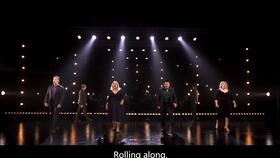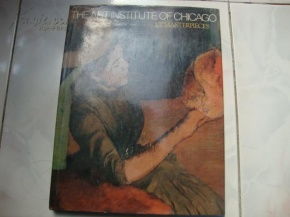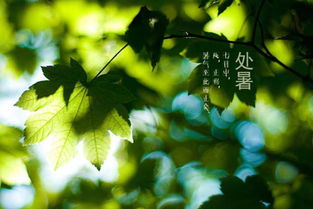Introduction
Night fishing offers a unique and serene experience, where the tranquility of the night sky is complemented by the gentle sounds of nature and the challenge of catching fish under the moonlight. Capturing this experience on video can be both rewarding and challenging. Here are some essential tips to help you master the art of night fishing video production.
Gear Up Right
Before you set out, ensure you have the right equipment. Here's what you'll need:
- Camera: A high-quality camera with good low-light capabilities is essential. DSLRs or mirrorless cameras often perform well, but action cameras can be compact and versatile.
- Tripod: A stable tripod is crucial for keeping your camera steady and minimizing shake, which can be amplified in low-light conditions.
- Lighting: Consider using a fishing rod with a built-in light or a separate fishing light to illuminate your hook and attract fish. Additionally, a headlamp or flashlight can be useful for navigating and setting up your equipment.
- Memory Cards: Bring extra memory cards with you, as you never know how much footage you'll capture.
- Battery Pack: Ensure your camera and lighting have sufficient power. Consider bringing a portable battery pack for extra juice.
Planning Your Shot
- Location: Choose a location with good lighting conditions. The moon and stars can provide ample light, but you may need additional artificial lighting if the conditions are too dark.
- Timing: The best time for night fishing and video is typically just after sunset or during a new moon when the light is at its lowest but still visible.
- Composition: Plan your shots in advance. Think about the angles, the background, and the action you want to capture.
Camera Settings
- Manual Mode: Use manual mode to control the exposure settings. This allows you to adjust the aperture, shutter speed, and ISO to get the best possible image quality.
- Aperture: A wider aperture (lower f-number) will allow more light to enter the camera, which is beneficial in low-light conditions. However, a smaller aperture (higher f-number) can help isolate the subject.
- Shutter Speed: A slower shutter speed can help capture more light but may introduce motion blur. Experiment with different settings to find the right balance.
- ISO: Increase the ISO to let in more light, but be aware that higher ISOs can introduce noise. Aim for the lowest ISO that still provides a clear image.
- White Balance: Adjust the white balance to match the ambient light. This can help ensure that your footage looks natural and not too blue or orange.
Shooting Techniques

- Steady Shot: Use a tripod or stabilize your camera with your hands to avoid shake. Even the smallest movements can be exaggerated in low-light conditions.
- Close-ups: Capture close-ups of the fish, the rod, and the bait to show the details of the action.
- Long Shots: Include long shots to show the environment and the overall experience of night fishing.
- Sound: Use your camera's built-in microphone or an external microphone to capture the sounds of the night. Be mindful of background noise, such as traffic or wind, and try to minimize it.
Post-Production
- Editing: Use video editing software to trim your footage, adjust the exposure, color correct, and add any necessary effects.
- Sound: Enhance the audio by removing background noise, adjusting the levels, and possibly adding ambient sounds to enrich the experience.
- Sharing: Share your video on social media or with friends and family to showcase your night fishing adventures.
Conclusion
Capturing the beauty and tranquility of night fishing on video can be a rewarding experience. By planning ahead, using the right equipment, and applying these essential tips, you can create a memorable video that captures the essence of this unique pastime. Happy filming, and may your night fishing adventures be filled with success and stunning visuals!












